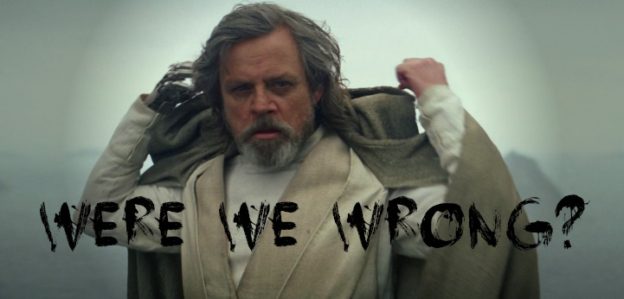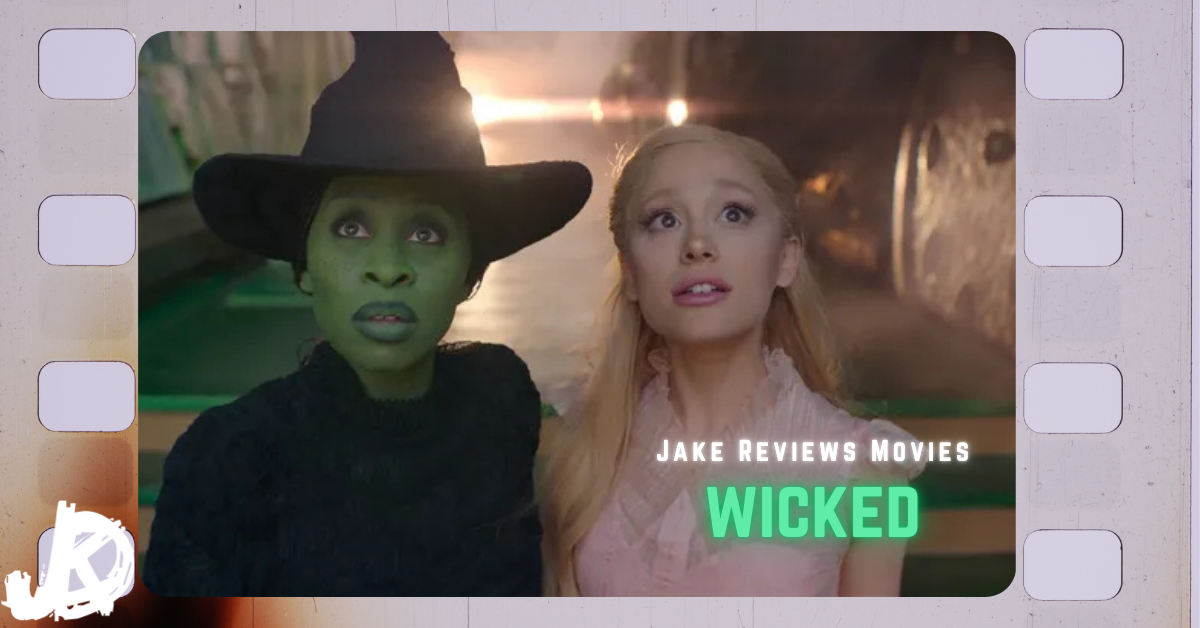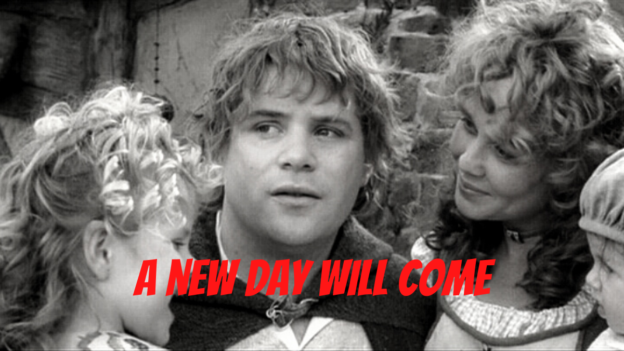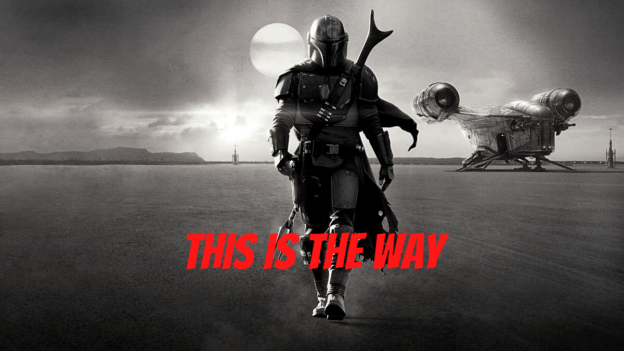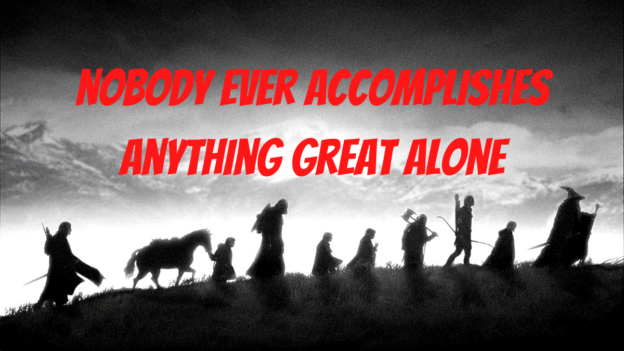“I only know one truth: it is time for the Jedi to end.”

First things first: don’t freak out just yet. We don’t have the context for when or how Luke says that. But here are a few rough summaries of what we know and some educated speculation.
“It’s time for the Jedi to end.”
That’s kind of a downer announcement, thirty-five years after Return of the Jedi. And thirty-five years after the said film, we already had expectations about what is supposed to happen with the Jedi Order next in the Star Wars universe. There were loads of material about a “new Jedi order” in the old Expanded Universe books and comics. Even with Disney casting that aside, The Force Awakens gave us the expectation that a new Jedi order of some kind was going to come around and save the day. “There can be no balance in the Force without the Jedi,” said Lor San Tekka to Poe Dameron at the opening of Episode VII. There were no Jedi to stand up to the First Order, which was fueled by the Dark Side (and the New Republic was doing absolutely nothing—the Resistance is Leia’s private army). Luke DID start a new Jedi order, but Kylo Ren destroyed them. By the time of TFA, Snoke, Kylo, and the First Order are hunting for Luke to finish him once and for all. The one thing that Snoke is afraid of is that if Luke escapes or survives, the the new Jedi will arise and eliminate them. Rey discovering her Force abilities and standing up to Kylo is a manifestation of this fear. And with the map to Skywalker complete, Rey sets off at the end of TFA to find him, and we assume that she is going to be trained by Luke as a Jedi.
None of the canon material released by Lucasfilm before or after TFA gave us any real picture of the new Jedi that Luke had been training. But the fandom made a few assumptions about Luke would do differently with the Jedi order.

The Fall of the Jedi
In the last days of the Old Republic, the Jedi Order had turned into a very formalized organization. Most of the Jedi were more concerned about following the Code and the rules they had attached to it instead of paying attention to the Force. Their assumption was since attachments lead to greed and jealousy and therefore tempt one toward the Dark Side, that interpersonal relationships and romantic love are bad and a celibate life is the ideal for a Jedi–that not having feelings or concerns for the material world, other people included, is the best way to be one with the Force. From a certain point of view, these opinions proved disastrously true in the case of Anakin Skywalker/Darth Vader. Here’s the kicker: Luke, trained as a Jedi but wanting to reconnect with his fallen father, came to try and reclaim Vader from the dark, and he succeeded. Vader killed the Emperor and died in the attempt, effectively destroying the Sith. And this was prompted by love for the son he’d never known, the son of the woman he had secretly married in defiance of the Jedi code. So in some ways, love and attachments actually are beneficial and those benefits cannot be dismissed.
The Star Wars fandom took it for granted that Luke Skywalker would eventually find out the details of his parents’ story and reach the conclusion that love and attachments can be good, if maintained healthily. We also concluded that Luke would rebuild the Jedi order on that philosophy, keeping the Jedi commitment to justice and peace intact but allowing some flexibility in the rules for members to have a personal life. And Luke at the end of ROTJ is so good and so pure—how could he come to any other conclusion?

But after watching the trailer for The Last Jedi, I have to wonder: did Luke really reach the same conclusion about the moral of the story that the fandom did?
There are hints from Star Wars Celebration that Rey may not be Luke’s daughter after all. Asked directly by Josh Gad during the panel for The Last Jedi, Daisy Ridley shook her head no to every question about Rey’s parentage—granted, it wasn’t entirely convincing. Daisy Ridley also told the press at Celebration that when Rey shows up on the island Luke has no idea who she is. That doesn’t necessarily eliminate the possibility that she isn’t Luke’s kid. I mean, Darth Vader sensed Obi-wan Kenobi on the first Death Star but the Force didn’t tell him that his son was there too, so “That’s not how the Force works!” But it does make the possibility foggier. More relevant to my thesis here, it changes our perception of Luke’s role in The Last Jedi.
We know for a fact that Luke WAS training more people to be Jedi after ROTJ. It never got to be very big or influential like the previous Jedi Order. Luke never involved himself much in galactic affairs after the civil war, so by the time he “disappeared” no one really missed him except for Han and Leia. How much did Luke know about the old Jedi Order? What did he actually learn about where they went wrong, and what they got right? And what did he actually teach his students? What did Luke tell Ben Solo about his parents? And what did Ben decide to believe?

I think it may be time to consider the possibility is that Luke’s new Jedi Order wasn’t very “reformed” from the old one. What if the best that Luke knew how to do was to start with the old way of doing the Jedi thing and stick with it? What if he decided that forbidding attachments and relationships was the best thing for the new Jedi? What if he decided that this rule applied to himself and never got involved with anyone or had a kid? I don’t see how that might be logical based on the ending of ROTJ, but we don’t know a lot about what Luke’s life has been like since then.
One thing to remember about Luke that Mark Hamill pointed out at Celebration is that Luke has seen some stuff. BAD stuff. Saving his dad from the dark side was great, but Vader and the Emperor both nearly killed him. More recently, his own nephew went to the Dark Side and destroyed the new Jedi order—destroyed what he was trying to rebuild.
“It’s time for the Jedi to end” could mean that he tried to rebuild the Jedi Order exactly the way it was before and found out the hard way that it wasn’t going to work. Maybe it means that he is only now coming to grips with full meaning of what happened on Endor.

Or WHAT IF, slightly happier possibility, the people Luke was working with thought that the new Jedi Order should be exactly like the old one and Luke wasn’t the one who messed up—he simply saw other people who were supposed to be following him get in over their heads by following traditional Jedi dogma. Luke might have just let them do their own thing and not said anything about it, but whatever they did brought down Kylo and the Knights of Ren on them. In this context “It’s time for the Jedi to end” means “It’s time to do things differently for real this time.”
Snoke specifically said in TFA that the New Jedi arising is the last thing he wants. Maybe the last thing the First Order expects—the last thing we fans expect, may I add—is for a new kind of hero in the galaxy.
Balance in the Force
It’s also a matter of balance. The Sith are extinct for real this time. The new Jedi came but they did not have to compete against the Dark Side. There was no balance to maintain. So there was imbalance. And then the First Order came and knocked the pendulum the other direction.
Finding balance between light and darkness has always been a theme of Star Wars. In Return of the Jedi, Luke wore all black in token of his struggle with the darkness inside of himself. It is not until the Emperor’s Force lightning attack that his shirt comes partway undone to show the white underneath, revealing the good that we knew was already in him. I haven’t actually seen Season 3 of Star Wars Rebels but I have heard about its emphasis on the characters finding balance between both the Dark and the Light.

Feeling like a little light reading? Try Dark Disciple by Christie Golden, in which we have Asajj Ventress and Quinlan Vos exploring both sides of the Force. It is a depressing read but if you like exploring the deeper themes of Star Wars then go for it. Since Lucasfilm reset the canon, there has been an increasing emphasis on finding balance in the Force. One way that some characters go about it is to allow or accept the Dark Side, or even use it, without really giving in to it. It didn’t work so well for Vos and Ventress, partly because Ventress needed more time to train Vos on how to overcome the Dark Side before they got the chance to kill Dooku. But it’s an interesting theory. I don’t like it, personally, because (Dark Disciple convinced me of this beyond shadow of a doubt) giving in to the Dark Side for any reason is a very, very, very bad idea. What kind of balance is Luke looking for and what does it entail? How does it involve the Dark Side? And is it sketchy?
This first teaser for The Last Jedi teases the idea that Luke and Rey will be exploring that balance. Luke’s statement suggests that the specific “Jedi” path is no longer adequate to deal with the imbalance in the Force—the “Jedi” way doesn’t get things done. Luke’s residence is the site of the first Jedi temple, so he may have been trying to learn the history of the Jedi order and try to understand what those who came before him knew about the Force—and see what he can learn for himself.
Another idea that Lucasfilm’s recent canon has presented is non-aligned Force users, or people who believe in or use the Force without using the terms “Jedi” or “Sith.” The term “Jedi” often gets slung around as a type of superhero or a blanket term for a light-side Force user. But, as my friends on Far Far Away Radio put it, to be a Jedi can mean that you follow the Jedi code and certain rules and have a certain worldview. It’s a lot more than just the name or the lightsaber. Lucasfilm’s new canon depicts people who deviate from this norm: in Clone Wars and Dark Disciple, we have Asajj Ventress being rejected by Count Dooku and spending time as a Nightsister and later a bounty hunter–still using her Force abilities and lightsabers, but not working for anyone but herself. In Rebels, we have Ahsoka Tano using white sabers to show her non-alignment and telling Darth Vader “I’m no Jedi.” In TFA, we have Maz Kanata, who knows the Force but doesn’t practice the Jedi tradition. Background information tells us that Lor San Tekka was part of a group known as the Church of the Force, who believed in the Force but were not able to use it. Rogue One introduces us to the Guardians of the Whills. They had a group on Jedha who protected the temple of Kyber crystals that got looted by the Empire to fuel the Death Star. Chirrut Imwe had a kyber crystal sliver in the tip of his staff, according to the Star Wars Databank. And friendly reminder, Supreme Leader Snoke, Kylo Ren and the Knights of Ren use the Dark Side but do not identify as Sith.

During the Republic era, the Jedi did the heavy work of keeping “peace and justice” in the galaxy. With their exclusive ability to use the Force, they were influential negotiators and powerful warriors. They were there elite. The Senate made the laws but the Jedi were the enforcers—the Jedi basically ruled the galaxy. There were really no other heroes that people looked to. And the Clone Army being tailor-made to work with the Jedi Order reinforced the galaxy’s perception that the Jedi were the only people who got anything done. Along comes the Empire. The Empire promises to maintain peace in the galaxy through its military strength. They get beaten. The New Republic doesn’t have Jedi to work with, the First Order has a military and wants to eliminate the Jedi. Some people, likely including Rey, think that recruiting, training and unleashing a new generation of Jedi heroes will solve the galaxy’s problems. And yet it might be just Luke and Rey against the whole galaxy.
Can there be a new Jedi order without having the same weaknesses as the old one? The answer seems to be no.
Reasons In and Out of Universe
Probably the most interesting statement that Daisy Ridley made at celebration, a statement that explained everything and nothing at once, was that Rey arrives on the island having certain expectations for Luke, but comments that for people in general “it is difficult to meet your heroes because it might not be what you expect.” Put that in your metaphorical pipe and smoke it a minute.
Luke has been on that island for a while. He’s had a lot of time to think. I’d like to think that he’s crazy, for saying that the Jedi need to end. But what if things after Return of the Jedi didn’t happen quite the way we assumed? And what if he does train Rey in the Force, but he doesn’t train her to do what we’re expecting her to do? Like not to become a certain type of Force-user?
(For those of you wondering: I don’t know that much about Gray Jedi, but there are people more informed on the subject in my personal acquaintance who don’t see that as an outcome for Luke or Rey.)

A couple of statements that Daisy made at celebration aren’t enough to keep me from believing that Rey is a Skywalker. But the only real argument favoring Rey being related to any major character is that she has a connection to a lightsaber that was used by both Luke and Anakin. What I really want is for someone who is NOT Kylo Ren to carry on the Skywalker legacy. Because I thought that was what Star Wars was about.
As for whether or not there will be any more Jedi, there is a plausible argument for Luke to decide that the Jedi Order should not carry on as an institution. Again, most of what I just said is speculation. That is my best prediction of what Episode VIII and most likely IX will be about, just based on this first trailer and on what knowledge I do have of Star Wars. Just bear in mind that I could be completely wrong, or that the next trailer to come out will change this perception completely. If movie makers want to sell their product, they have to keep it fresh and interesting. I’m looking forward to ‘fresh and interesting’ Star Wars in the sense of them not totally rehashing the original trilogy like The Force Awakens. But we have to be open to the possibility that fresh and interesting means some things we already like about Star Wars changing…and changing a lot.
Video: The Last Jedi Full Panel at Star Wars Celebration (50 min)

